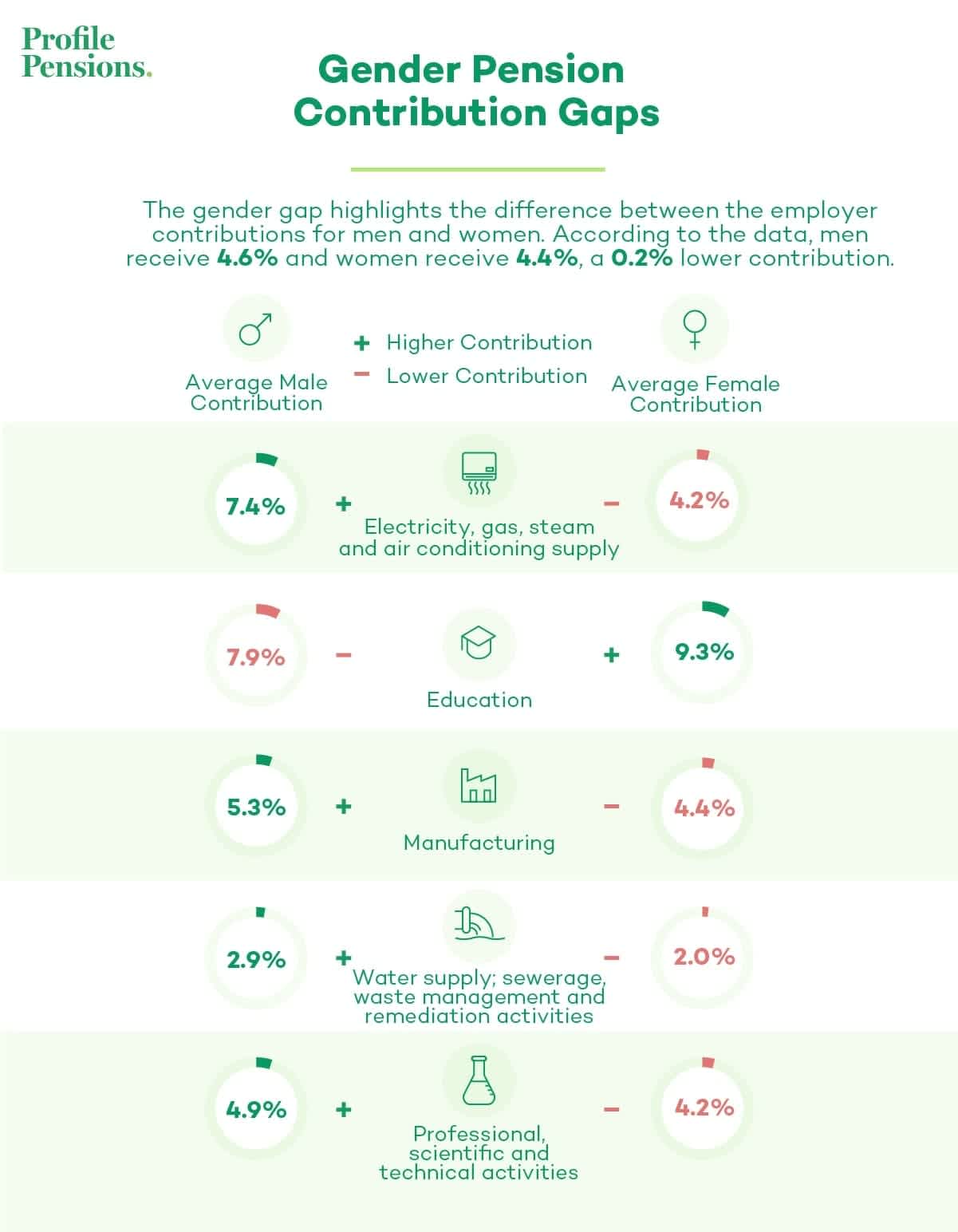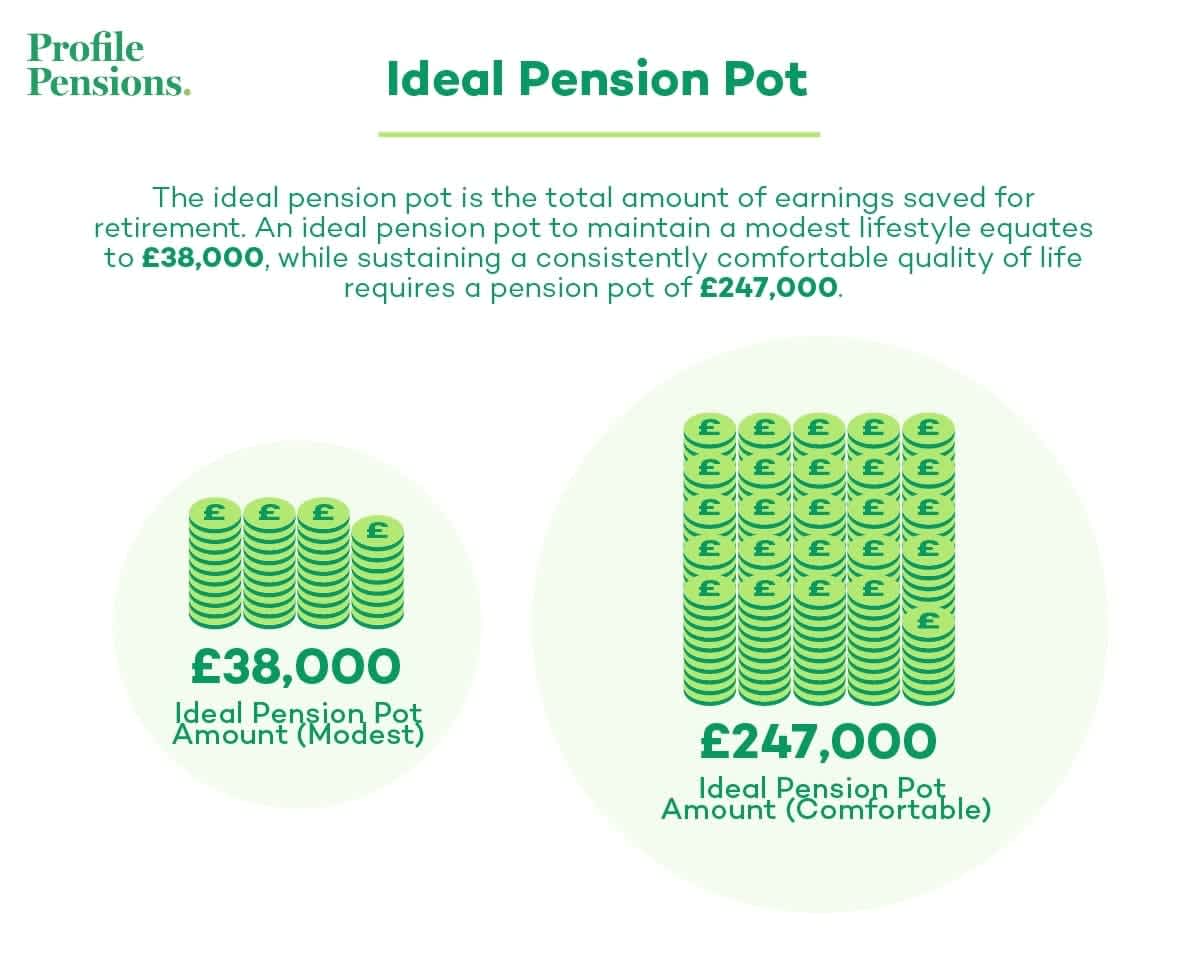Financial and education sectors lead the way
If you work in financial services or as a teacher, you’re in luck, as these two industries are the most generous when it comes to contributing to employees’ pensions. The average employer contribution in the UK is 4.5%. Based on an average UK salary of £29,909, this means the average employer chips in £1,305 a year to each worker’s pension.
If you work in the finance or insurance industry, however, the average employer typically contributes more than double this, paying in 9.5% a year. This is equivalent to £2,341 a year, based on the average annual salary for workers in this sector, which is £24,765.
Those working in education fare almost as well, with the average employer paying in £2,054 a year, equivalent to 9.3% of the average £22,146 salary for workers in this sector.
Other generous industries
Companies in the electricity, gas, steam and air conditioning sector and mining and quarrying companies are also among the best for pension contributions, paying an average of 7.1% and 5.3% respectively into employees’ pensions.
Manufacturing companies rank highly too, with employers in this sector contributing an average of 5.2% into their workers’ pensions.
Industries providing the lower contributions
The least generous sector for pension contributions is agriculture, forestry and fishing, so if you’ve been dreaming about working outdoors, you might not be able to rely on your employer for a pension boost.
Employers in this sector typically contribute just 2.9% of the typical £29,451 salary into workers’ pensions, equivalent to £589 a year.
Those working in the accommodation and food service industries don’t have much to cheer about either when it comes to their employers’ pension contributions. They typically receive a 2.1% pension contribution, equivalent to £588 a year based on the average £23,252 salary for workers in this sector.
It’s a similar story for employees in the arts, entertainment and recreation sector, and those working in the administrative and support service industries, who on average receive pension contributions of 2.5% and 2.7% of their salary respectively.
Michelle Gribbin, Profile Pensions’ Chief Investment Officer, said: “The difference between industries is remarkable. While some you might expect, like financial and insurance industries, the high pensions in education mean teachers are likely to be better off in retirement than those in typically high-earning careers like real estate or logistics. Providing an interesting consideration for both employers and employees.”
Industries and gender gap
As well as there being a significant difference in the amount different industries contribute to their workers’ pensions, there are also differences in how much they give to their female and male employees.
Overall the gender gap is relatively small, with men receiving pension contributions 0.2% higher than those given to women. However, when different industries were examined, sometimes this gap was significantly wider. For example, the average contribution paid to men working in the electricity, gas, steam and air conditioning supply sector is 7.4%, compared to 4.2% for women, a difference of 3.3%.

The only sector where women fare better than men in terms of employer pension contributions is education. On average, women working in education receive a 9.3% pension contribution from their employers, compared to 7.9% for men.
“Generally, we know women are more likely to have lower incomes and more interrupted careers as a result of their caring responsibilities,” said Michelle Gribbin. “Ensuring this doesn't penalise them is as much of an organisational culture issue as it is a government policy issue.
“Firms should really start to get to grips with the fundamentals and fully adopt a policy of 'equal pay and pension contributions for equal roles', applied to both full time and part time workers. As a further step, firms regularly reporting on gender disparities in income and pension contributions really helps ensure good transparency and commitment on this issue.”




